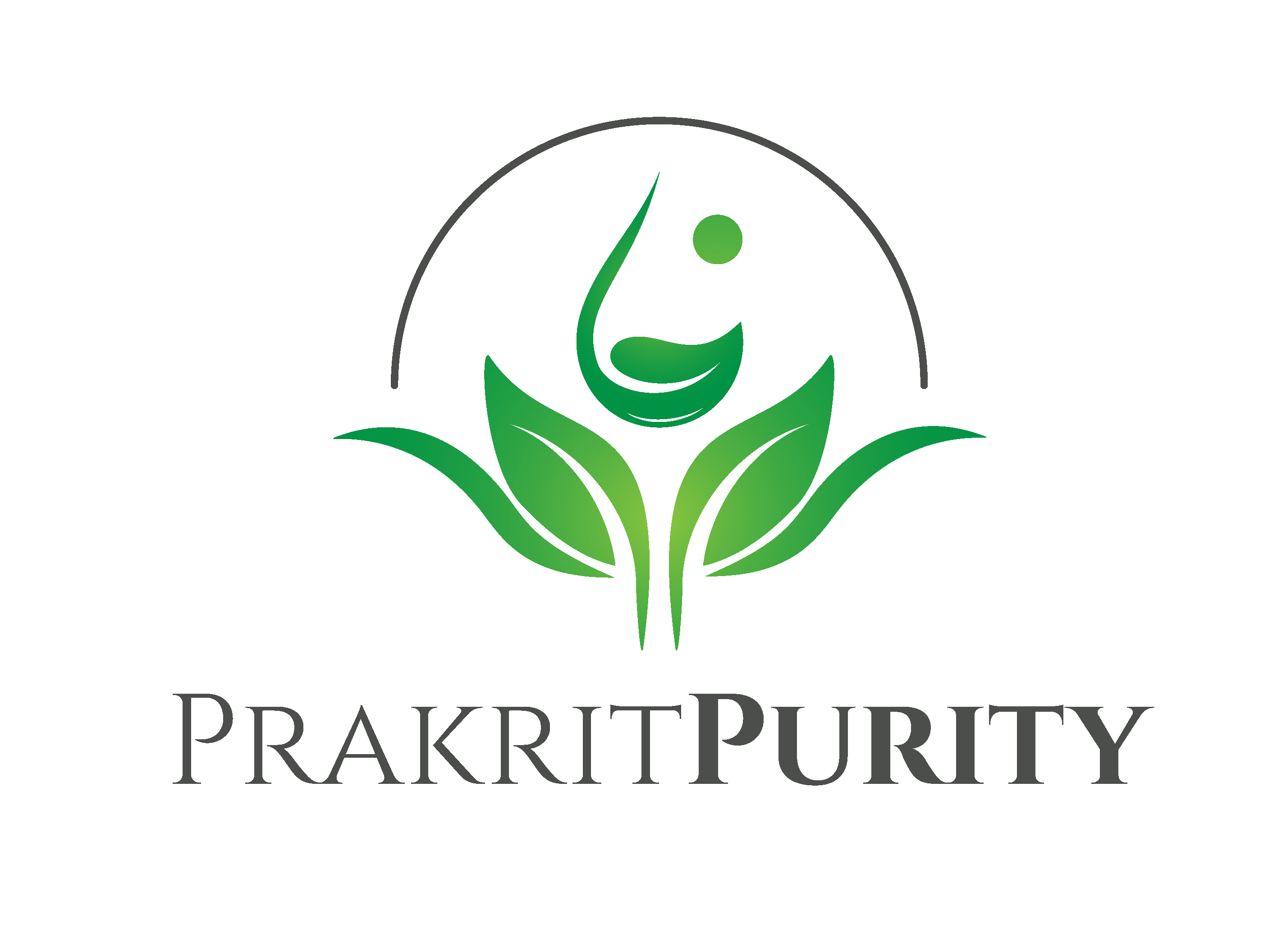
Breakouts can make your skin feel like a battle zone. The stubborn red bumps refuse to fade easily. And it makes you Google ‘how to get clear skin overnight’. But you should know not every bump is the same. It’s important to learn the difference between pimples and acne and zits.
Knowing the difference will help you heal your skin in the right way. Generally, the terms pimple and acne are used interchangeably. But understanding the meaning will save you from wasted products and irritation.
In this blog, you’ll know about pimples vs acne vs zits and how to clear up your skin once and for all.
What is Acne?
Acne is a skin condition that happens when your skin pores get clogged. Due to excess sebum production in the skin’s oil glands and hair follicles. This leads to bumps on the skin, mainly called pimples or zits.
Your skin has tiny pores, and when these pores get blocked, it causes inflammation and breakouts. These breakouts can appear around the mouth, chest, back, on the forehead, or shoulders. Acne is categorized based on how severe it is and its appearance on the skin. The four types of acne are as follows:
1. Comedonal Acne (Mild)
2. Papulopustular Acne (Moderate)
3. Nodular Acne (Severe)
4. Cystic Acne (Most Severe)
Causes of Acne
Dermatologists say that there are certain factors that may cause acne on your face or make it worse. Let’s take a look at the causes of acnes on face:
-
Hormonal changes such as puberty, menstrual cycle, or pregnancy can cause acne.
-
The habit of squeezing or picking pimples can severe the acne condition.
-
Excess usage of makeup products and chemical-based cosmetics.
-
Due to bacterial infection.
-
Using harsh chemicals on your skin.
-
Bad food habits and a stressful lifestyle can trigger your acne.
-
Scrubbing your face harshly or humidity can also be a reason.
Thus, there are several factors that can cause acne on your face. However, following a suitable skincare routine, anti-acne products, and healthy food habits can help you fight against these stubborn breakouts.
Read on to know about zits, pimples, and how you can treat them the right way.
What is Zit?
A zit is a visible symptom of acne. It’s a small bump appearing on your skin due to clogged pores. The zits can appear on your face, neck, or the back of your body. It often shows up as a white or yellow color bump.
Your skin’s natural oil, bacteria, or dead skin cells can clog your pores, causing this skin condition. A zist can be temporary, just a surface-level breakout that can be cured easily.
Let’s find out what causes zits:
Causes of Zits
-
Sometimes, your skin produces excess oil, which can lead to zits.
-
Dead skin can clog your pores, causing zits to form.
-
The bacteria inside the clogged pores can cause zits.
-
Due to hormonal changes during puberty, menstruation, pregnancy, or stress.
-
An unhealthy diet and lifestyle are more prone to zits.
-
Zits can appear if you’re not using skin products according to your skin type.
-
Constantly touching, picking your face, or scrubbing it harshly can invite zits.
Thus, these are the main causes of zits. Now, read about the most common question many of you ask: ‘What are pimples, how are pimples formed?’
What are Pimples?
A pimple is an acne sign that appears like a pus-filled lesion. Clogged skin, bacteria, and dead skin buildup can cause pimples. The bacteria multiply inside the clogged pores, leading to pimples. They are most likely to appear on your face, neck, back, and upper arms.
Take a look at the causes of pimple:
Causes of Pimples
-
Pimples can appear due to excess oil production.
-
Hormonal changes can trigger your pimples.
-
Avoiding skincare or using the wrong skincare can also cause pimples.
-
If you have oily skin, you’re more prone to pimples.
-
Stress and a bad lifestyle are also major causes.
-
Sometimes, an itchy scalp can cause pimples on your forehead.
Different Types of Pimples on Face
There are different types of pimples, such as whiteheads, blackheads, cysts, nodules, papules, and pustules. Whiteheads and blackheads usually appear on the nose and are not painful. Whereas cysts and nodules affect the deepest layer of your skin, causing severe pain. Papules are easy to treat compared to pustules. Whereas you will require professional treatment to cure the pustule skin condition.
The difference between cystic acne and pimples
Both types have five major differences. Let’s find out:
1. Appearance: Cystic acne looks big and swollen, whereas pimples appear small with a visible white or yellow tip.
2. Severity: Cystic acne develops under your skin, lasting for weeks and months. While pimples develop on your skin’s surface and last for a few days.
3. Cause: Blockage and bacteria inside the clogged pores cause cystic acne. However, a pimple occurs due to clogged pores with natural oil, dirt, or dead skin.
4. Pain and Scars: Cystic acne is painful and often leaves scars or dark spots. Whereas you can treat pimples within a few days without scarring.
5. Treatment: Cystic acne usually requires professional medical treatment. While you can heal pimples with the right skincare products, which contain salicylic acid or benzoyl peroxide.
Difference Between Pimples and Acne and Zits
Many of us can’t really define the difference between pimples and acne and zits. You also might be using all three words interchangeably, as if they mean the same. These terms aren’t very similar and have some differences. Let’s understand in simple terms:
Acne is an overall skin condition. While pimples and zits are the symptoms of acne. Your skin produces natural oil, which is called sebum. So, your skin gets buildup due to excess sebum production, dirt, dead skin, or bacteria. This buildup causes inflammation under your skin, leading to acne.
Pimples appear to be red, pus-filled bumps on your skin. Your clogged pores are the reason for pimples. These don’t leave scars or black spots like acne. Moreover, pimples aren’t painful, and you can heal them with suitable products, unlike acne.
Zits is like another casual name for pimples. These are small bumps visible on your skin for the short term. You’re not alone in experiencing these breakouts, and they generally disappear within a few days.
In short, you can call acne a skin condition. And pimples and zits are what acne looks like on your skin.
How to Reduce Pimples and Acne on Face?
The main cause of pimples and acne is excess sebum production. You can check out effective preventives to reduce pimple & acne occurrence:
1. Cleanse Your Face Twice
The first step is to choose the right cleanser for your skin type. Use cleanser twice a day to remove impurities and buildup from your face. Cleansing helps in reducing dirt and bacteria while controlling excess sebum production.
Look for an oil-free cleanser and include it in your daily skincare routine. If you have dry skin, cleanse your face once a day. Remember to be gentle with your skin and always use a soft, clean washcloth.
2. Ditch Chemical Products
To maintain flawless skin, avoid using chemical products. Switch to toxin-free products that can heal your skin. Ingredients like salicylic acid, glycolic acid, & benzoyl peroxide are good for acne-prone skin.
Chemical products consisting of alcohol, sulfates, minerals, parabens, phthalates, and artificial fragrances are harmful to your skin. Say no to chemicals and bring home sulfate & paraben-free skincare products.
3. Avoid Touching Your Face Frequently
Many of you might have a habit of touching or pinching your face. This habit might be a reason for your pimples and acne. The bacteria and germs may transfer to your face. So avoid touching your face too often.
Moreover, squeezing or popping your pimples can worsen your skin condition. It’s better to treat them with good-quality products.
4. Include Sunscreen in Your Daily Routine
Harmful UV rays can damage your skin. It may cause inflammation, itchiness, or redness. Use SPF daily to protect your skin from damage. Regular use of sunscreen means delaying the signs of aging.
5. Stay Hydrated
It’s crucial to stay hydrated throughout the day. A healthy water intake helps flush out toxins from your body, resulting in glowing skin. Dehydrated skin causes more breakouts and skin problems.
6. Practice Stress-Relieving Techniques
Stress can take a toll on your overall well-being. Stress leads to more oil production, which can result in acne breakouts. Engage in stress-relieving exercises, including yoga, meditation, or spending time in nature. This will help you relax and benefit your skin.
7. Moisturize Your Skin Well
It’s commonly seen that people with acne-prone skin skip moisturizer. Well, it’s a bad idea if you do the same. You can use a lightweight moisturizer or face cream that doesn’t clog your pores. Moisturizer helps your skin reduce dryness and irritation.
Conclusion
Now that you know the difference between pimples and acne and zits. It’s time to switch to a healthy skincare routine. First, identify your skin type and choose ideal products. The causes of pimples, acne, or zits are mostly common. You can practice a few beneficial techniques to reduce different types of pimples on your face.
Such as switching to chemical-free products, avoiding touching your face too often, and keeping a good water intake. Moreover, a healthy lifestyle and nutritious diet make a huge difference. Pimples and zits are temporary and very common among teenagers and young adults. However, if you have a severe acne condition, consider visiting a dermatologist.
You can try Prakrit Purity’s nature-inspired, sulfate and paraben-free skincare products that heal your skin from within and leave you with glowing skin.
Frequently Asked Questions (FAQs)
1. Which is painful acne or pimple?
Acne is quite painful compared to pimples.
2. Are pimples and zits the same?
Yes. Pimples and zits are almost the same. Both refer to the small bumps or breakouts that appear on the skin due to clogged pores.
3. What are pimples how are pimples formed?
Pimples are small, visible bumps that appear like a pus-filled lesion. Pimples are formed when your skin produces extra oil or you have dust or bacteria buildup on your skin.
4. What is difference in pimple and acne?
Acne is a more severe skin condition that is painful and takes time to heal. Whereas a pimple is a symptom of acne, which is temporary and disappears over time.
5. Do zits leave scars?
No, usually zits don’t leave scars on your skin.
6. Are pimple and acne the same?
No, pimples and acne are different from each other. Pimples are symptoms of acne, which are visible bumps caused due to clogged pores. You can treat pimples with suitable products, and they don’t leave scars or dark spots. Acne is a skin condition that occurs due to inflammation under your skin. It can be due to excess sebum production, bacteria, or dead skin cells.
7. What are cystic pimples?
Cystic pimples are different from common pimples. They are painful, pus-filled bumps that last for weeks and months. Cystic pimples indicate towards severe acne condition.
Chaduvula Sai Ankith is an engineer with years of experience who followed his passion for creating nature-inspired, effective wellness solutions. He combines nature-powered ingredients with science-backed formulations to craft skincare and haircare that truly works. Every product reflects his focus on purity, innovation, and results you can trust. Sai believes natural self-care should be minimal, affordable, ethical, and empowering for everyone.




